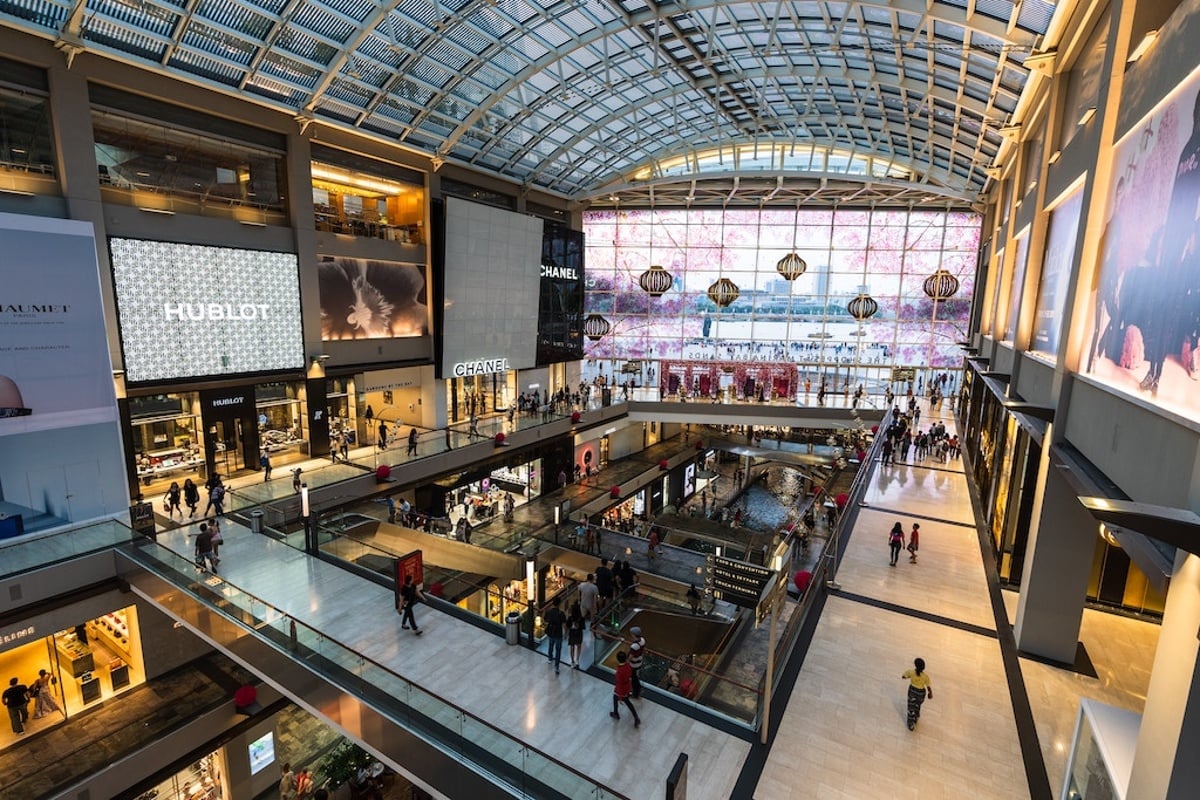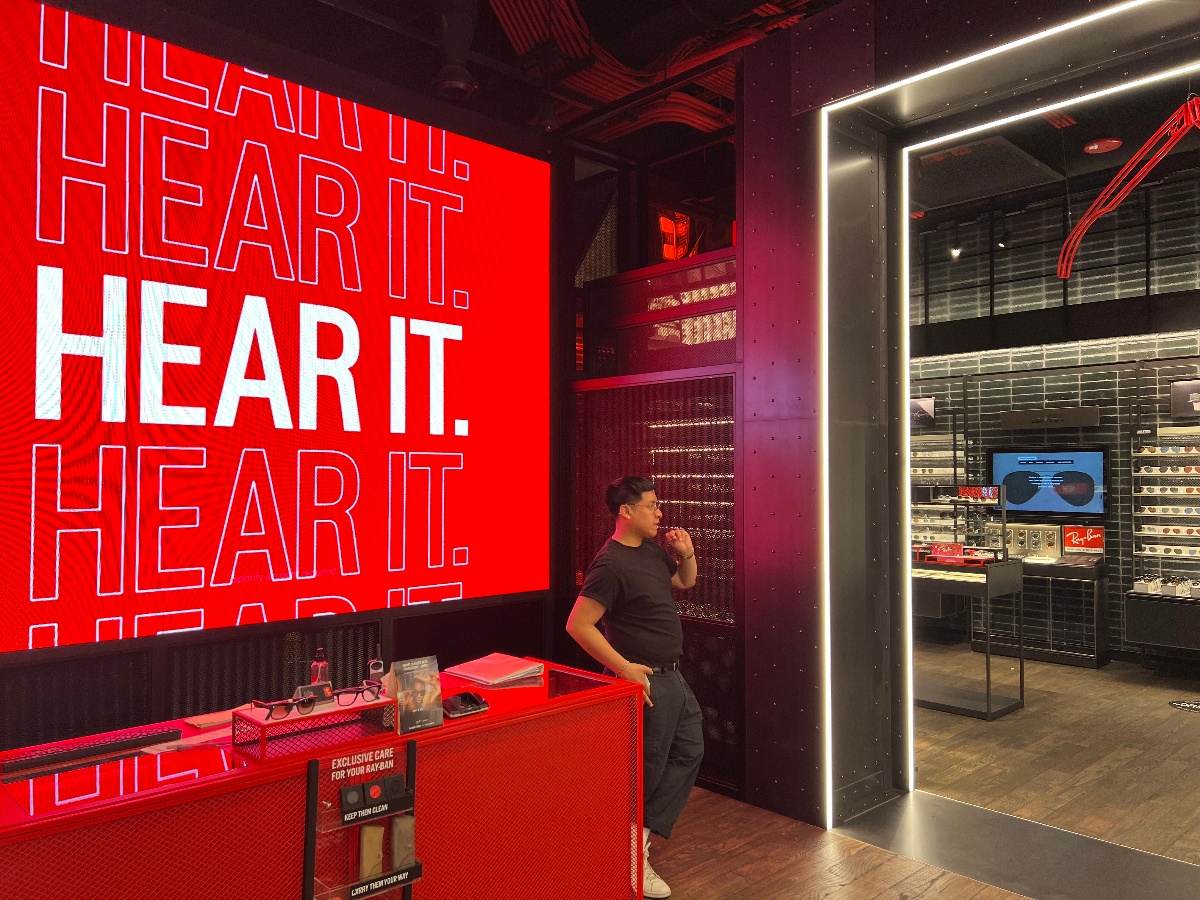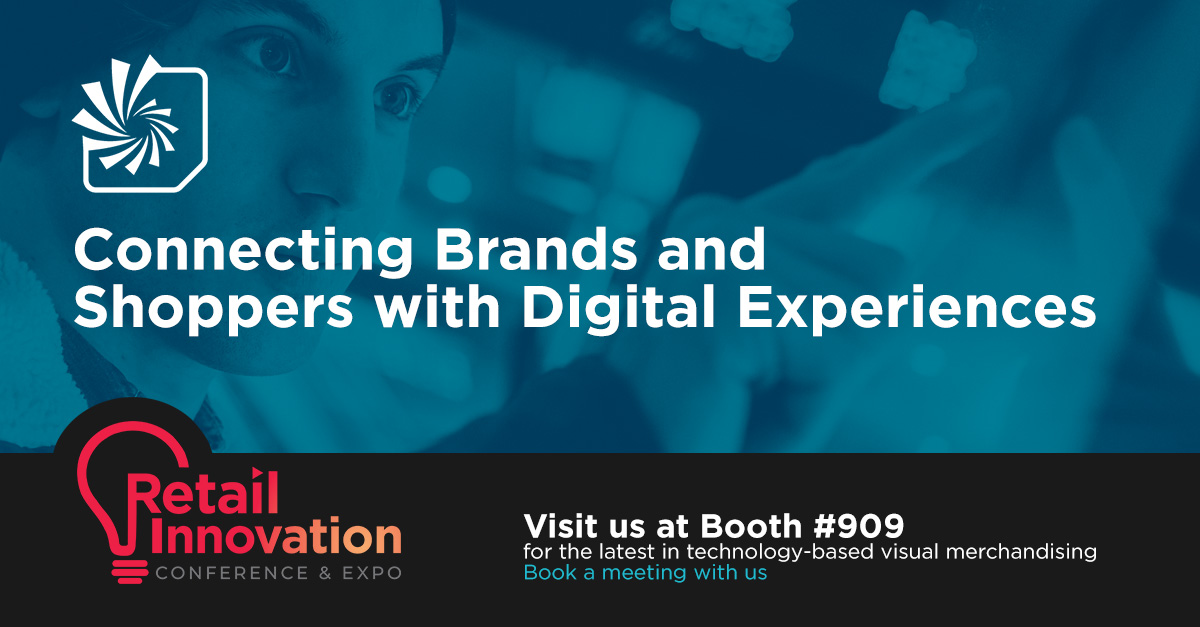Creating Compelling Content: How To Avoid The Visual Noise
Over the last two decades, digital signage has become an important part of the retail mix. With all of the options and technology available today, it can be used nearly anywhere. But just because it can be used doesn’t mean it should be. Depending on how it’s deployed, digital signage can contribute to a unique visual experience for shoppers, supporting a store’s bottom line -- or it can be just one more distraction.
The key question for retailers is this: How do you create compelling visual content that not only holds a viewer’s interest, but also sparks engagement and drives the viewer to action?
Rather than serving up the same old advertising that can be seen elsewhere, businesses need to think about how their digital signage is going to add to the customer experience. In other words, they need to treat digital signage not as just another ad platform, but as a unique channel that has its own benefits for the consumer and the brand.
Know your objectives -- product promotion, an engaging experience or both?
Like any content, digital signage starts with a strategy. What are you trying to accomplish with your signage? What are your metrics for success? For instance, it doesn’t mean much if you say you’re looking to increase sales -- of course you are. But what does that look like? A more specific goal is to increase sales of a particular promoted product by 15 percent.
Will your digital signage advertise your products, or will it create an engaging experience for your customers? Keep in mind that you can do both. Think about a computer store with a “selfie wall” next to their tablet display. Shoppers are encouraged to pick up a tablet and take a selfie, which is then posted to the store’s Twitter and Instagram accounts. Customers play with the technology and watch their selfies post to the big screen. It’s a fun, interactive and promotional game that doesn’t feel like advertising.
Customer experience makes the difference
About four years ago, customer experience became a huge buzzword in the industry. Since then it’s become a priority for businesses to really take the time to understand customers and create an experience that’s more centered on them. Consumers want their lives to be easier, more enriched and more delightful. According to a 2018 PwC study, 70 percent of shoppers will pay more for a superior customer experience -- up to 16 percent more. Digital signage can contribute to that experience and be a key differentiator for a business. While the product itself and enthusiastic sales staff still play important roles in a retail store, 80 percent of customers surveyed by Salesforce say the experience a company provides is as important as its products and services. The digital signage content helps draw customers into the retail store, and if done well, it can make the guest experience more memorable. Brands that use digital signage also tend to see stronger word-of-mouth marketing, with 72 percent of customers saying they share good experiences with others, according to the Salesforce report. Happy customers are not only more likely to be return customers, but they also become unpaid brand ambassadors and advocates, both of which lead to increased sales.
A passive or interactive customer experience?
You can create all kinds of customer experiences with digital signage, depending on your customers and goals. For instance, a large interactive wall in a department store can provide a playful way for customers to explore more about the brand through video and curated social media but doesn’t have to promote products.
Interactive digital signage takes the experience even further. By involving the customer directly, it creates a bridge between in-store and online for a more seamless experience. For example, when a retailer isn’t able to showcase the full breadth of a product in the store, it can offer an interactive application to allow customers to browse and find the right product. Customers then have the option of buying the product in the store, ordering it for home delivery or saving it in a “basket” for later.
Alternatively, the customer could start the shopping process online by finding the store's website and researching the product, and could then come into the store and continue the interactive experience where they left off. Either way, the Salesforce report found that customers are 3.7 times more likely to view seamless transitions between online and in-store channels as important to them.
There’s more to digital signage these days than throwing a screen up on the wall in your retail store and promoting your products. To rise above the visual noise, consider a strategic mix of brand storytelling, engaging interactive experiences, and product and promotional information in your content -- all tailored to meet the individual purpose and goal for each screen. By clearly defining your goals and crafting content strategies to meet them, you can delight your audience and create a positive experience, bringing them back for more.
Share this
You May Also Like
These Related Stories

Why Retailers Need to Be Creating Memorable Guest Experiences and How To Do It

From ‘Survive’ to Thrive – key trends making malls sensational


